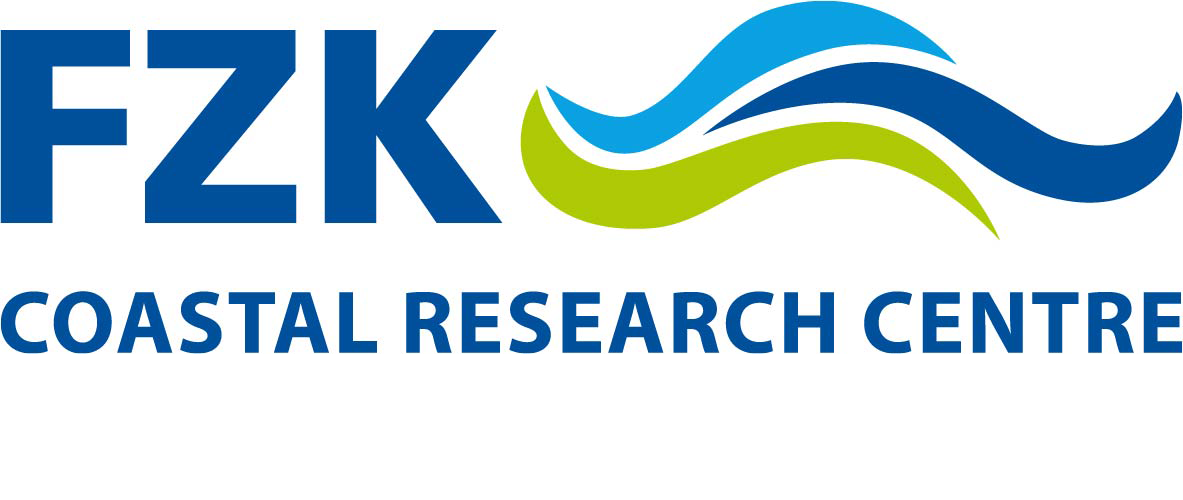Experimental study on the performance of well-greade rubble material as scour protection - phase III
| Led by: | Prof. Dr.-Ing. Torsten Schlurmann |
| Team: | Dipl.-Ing. Alexander Schendel, Dr.-Ing. Nils Goseberg |
| Year: | 2012 |
| Funding: | Mibau Baustoffhandel GmbH |
| Remarks: | 5 weeks |
As a result of the continuous development and progressing expansion of Offshore Wind Energy Converters (OWEC), the need for new and flexible scour protection systems increases in order to guarantee long-term operation of supporting structures in various locations. For this reason, Mibau Baustoffhandel GmbH developed an alternative scour protection system made of rubble stone material with a grain size distribution of 1-200 mm. However, up to date fundamental research studies verifying the stability of the material under offshore conditions as well as the actual applicability of well-graded material as discrete scour protection are limited. In light of this situation, extensive large-scale hydraulic model tests are conducted by the Franzius-Institute for Hydraulics, Estuarine and Coastal Engineering, Leibniz University Hannover, Germany, in order to fundamentally investigate erosive potentials and bed stability of well-graded stone mixtures. The two phase test laboratory program contains the quantitative determination of bed stability of the material under steady flow conditions and additionally the assessment of the performance as scour protection for maritime structures under spectral wave loads.
To investigate the applicability of the material as feasible for scour protection schemes, hydraulic model test are carried out in the Large Wave Flume of the Forschungszentrum Küste (FZK) with a model scale of 1:4. The hydraulic model consists of two independent parts. While the first part provides the assessment of the general bed stability of the well-graded material under spectral wave load, the second phase follows the investigation of the structure-induced scour and protection around a monopile-support structure. The measurement of the scour process and the general material displacement is conducted by the first-time application of a high resolution 3D laser scanner (FARO Focus3D). In order to simulate North Sea environmental conditions, the model tests are conducted with spectral wave load (Jonswap-spectra) and successively increasing significant wave height up to Hs = 5.2 m.
